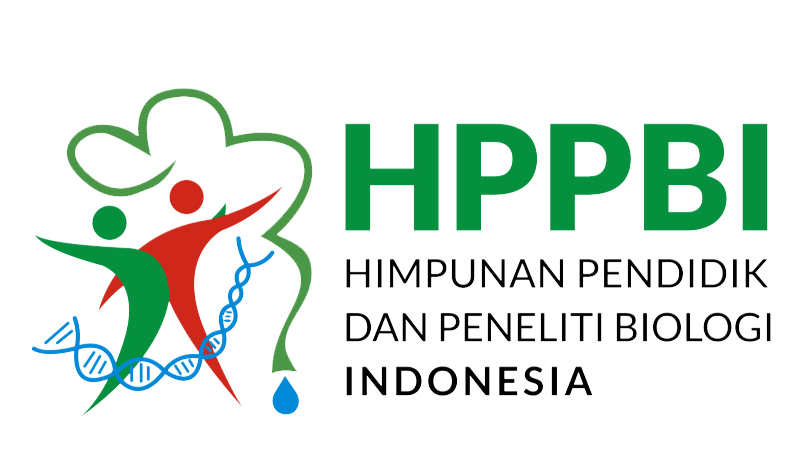Analysis of Biology Learning Resources and Materials in PJBL, PBL, and Deep Learning in Class X in Biology Teachers and Students of SMA Negeri 2 Lubuk Pakam
Abstract
The success or failure of the learning process in schools is greatly influenced by teachers in their choices. Teaching materials are materials or information used by teachers for their learning. The purpose of this study was to determine the perception, analyze the availability, and analyze the difficulties of teachers and students in relation to PJBL, PBL, and learning resources and materials that support deep learning. This study is based on qualitative research methods. This method directly distributes questionnaires to 20 students of class X MIA and four biology teachers, at SMA Negeri 2 Lubuk Pakam. Data were collected using observation, interview and document techniques. The results obtained are explained by explaining the observations in the discussion. Teachers try to provide various learning resources, including textbooks, science magazines, and laboratory videos. Students believe that the three methods of learning materials are relevant to daily activities and can help them understand the material. However, there are some problems that have not been resolved. For example, it is difficult to find access to digital learning resources, and there is no variation in teaching.
Downloads
References
Arwita, W., Amin, M., Susilo, H., & Zubaidah, S. (2017). Integrating the Social Interaction System of Dalihan Na Tolu into the Problem Based Learning on Biology Subjects to Increase Students’ Achievement. International Journal of Science and Research (IJSR), 6(1), 1358 - 1362. https://doi.org/10.21275/art20164342
Banggo, Y. M. (2023). Analisis Gaya Belajar Siswa Dalam Pelajaran Bahasa Indonesia. Jurnal Pendidikan Bahasa Indonesia, 11(1), 74–78. https://doi.org/10.30659/jpbi.11.1.74-78
Diputera, A. M., Zulpan, & Eza, Noveri, G. (2024). Memahami Konsep Pendekatan Deep Learning dalam Pembelajaran Anak Usia Dini Yang Meaningful , Mindful dan Joyful : Kajian Melalui Filsafat Pendidikan. Bunga Rampai Usia Emas (BRUE). https://doi.org/10.24114/jbrue.v10i2.67168
Fathurrohman, P., & Sutikno, S. (2011). Strategi Belajar Mengajar melalui Penanaman Konsep Umum & Konsep Islami. Bandung: Refika Aditama.
Hadi, K., & Dazrullisa. (2018). Pengembangan Bahan Ajar Biologi Berbasis Kearifan Lokal. Prosiding Seminar Nasional Biotik, 822–828. http://dx.doi.org/10.22373/pbio.v6i1.4337
Ibnu, T. (2014). Mendesain Model Pembelajaran Inovatif, Progresif, Dan Kontekstual. Jakarta: Prenadamedia Group.
Khoiriah, S., Jakak, P. M., & Effendi. (2024). Analisis Efektivitas Model Pembelajaran Problem Based Learning (PBL) Dan Project Based Learning (PJBL) Terhadap Keaktifan Belajar Siswa Di SMP Negeri 02 Madang Suku II. Binary: Jurnal Teknologi Informasi Dan Pendidikan, 1(2), 17 - 24. https://doi.org/10.30599/binary.v1i2.943
Marlina, L., & Lufri. (2024). Review of teaching material needs and biology learning problems at pertiwi 1 senior high school in padang. AMPIBI: Jurnal Alumni Pendidikan Biologi, 9(2), 100–108. https://doi.org/10.36709/ampibi.v9i2.117
Matondang, Ito, Grerios, A., Matondang, Mukra, R., Sianturi, Wati, R., & Salsabilah, S. (2024). Analisis Suasana Belajar Pada Materi Sel Menggunakan Model Pjbl Di Kelas Xi Sma N 4 Medan. Jejak Pembelajaran: Jurnal Pengembangan Pendidikan, 8(6), 77–81.
Mukra, R., & Nasution, Y. (2017). Perbedaan Hasil Belajar Siswa Menggunakan Model Project Based Learning Dengan Problem Based Learning Pada Materi Pencemaran Dan Pelestarian Lingkungan Hidup Di Kelas X Sma Prayatna Medan T . P . 2015 / 2016 The Differentiation Of Student ’ S Learning Achi. Prosiding Seminar Nasional III Biologi dan Pembelajarannya, 750–759.
Mukra, R., Ratna, D., Ulina, S., Salsabilla, S., Balqis, A., Ritonga, V. A., Putri, D. F., & Putri, A. D. (2024). The healthy diet effect with project based learning animation on student concentration outcomes. JPBIO (Jurnal Pendidikan Biologi), 9(2), 322–331. https://doi.org/10.31932/jpbio.v9i2.3999
Nurfalah, F. S., Haryanti, Y. D., & Susilo, S. V. (2019). Bahan Ajar Tematik Berbasis Model Project Based Learning Untuk Siswa Sekolah Dasar. Prosiding Seminar Nasional Pendidikan, 485–491. https://prosiding.unma.ac.id/index.php/semnasfkip/article/view/70
Puspitasari, D. A., & Salamah, Z. (2021). Analisis Hasil Penelitian Biologi Sebagai Sumber Belajar Materi Jaringan Pada Tumbuhan. Bioeduca : Journal of Biology Education, 3(2), 99 - 111. https://doi.org/10.21580/bioeduca.v3i2.7414
Satwika, Y. W., Laksmiwati, H., & Khoirunnisa, R. N. (2018). Penerapan Model Problem Based Learning untuk Meningkatkan Kemampuan Berfikir Kritis Mahasiswa. Jurnal Pendidikan (Teori Dan Praktik), 3(1), 7. https://doi.org/10.26740/jp.v3n1.p7-12
Sefti, F. N., Artharina, Fi. P., Listyarini, I., & Natalia, D. (2023). Analisis Gaya Belajar Peserta Didik Kelas 1 A di SDN Kalicari 01. Jurnal Pendidikan Tambusai, 7, 1926 - 1933. https://jptam.org/index.php/jptam/article/view/6095/5097
Simatupang, H., Putri, Fadilah, N., Siagian, Y., Dhuha, L., & Arwita, W. (2024). Analisis Manajemen Waktu Dan Penyediaan Alat Dalam Model Pembelajaran Project Based Learning Untuk Meningkatkan Minat Belajar Biologi Peserta Didik Di Sma Negeri 21 Medan. JIIC: Jurnal Intelek Insan Cendekia, 1(4), 1149–1157. https://jicnusantara.com/index.php/jiic/article/view/610
Sitanggang, A., Husna, H., Ritonga, P., Arwita, W., & Simatupang, H. (2024). Pengaruh Model Problem Based Learning untuk Meningkatkan Motivasi dan Berpikir Kritis Siswa dalam The Influence Of The Problem Based Learning Model To Increase Student’ Motivation And Critical Thinking In. Jiic: Jurnal Intelek Insan Cendikia, 1, 636–645. https://jicnusantara.com/index.php/jiic/article/view/483
Suryaningsih, Y. (2020). Ekowisata Sebagai Sumber Belajar Biologi dan Strategi untuk Meningkatkan Kepedulian Siswa Terhadap Lingkungan. Jurnal Bio Educatio, 3(2), 59 - 72. http://dx.doi.org/10.31949/be.v3i2.1142
Trianto. (2010). Mendesain Model Pembelajaran Inovatif-Progresif : Konsep, Landasan, dan Implementasinya Pada Kurikulum Tingkat Satuan Pendidikan (KTSP)/Trianto. Jakarta: Kencana.
Copyright (c) 2025 Mohonia Sabarito Sitohang, Wila Nurlisa Putri, Yuliani Sueng, Risalina Septiani Br Tarigan, Cynthya Elizabet Pasaribu, Rizal Mukra, Widya Arwita

This work is licensed under a Creative Commons Attribution-ShareAlike 4.0 International License.
Authors who publish with this Journal agree to the following terms:
- Author retain copyright and grant the journal right of first publication with the work simultaneously licensed under a creative commons attribution license that allow others to share the work within an acknowledgement of the work’s authorship and initial publication of this journal.
- Authors are able to enter into separate, additional contractual arrangement for the non-exclusive distribution of the journal’s published version of the work (e.g. acknowledgement of its initial publication in this journal).
- Authors are permitted and encouraged to post their work online (e.g. in institutional repositories or on their websites) prior to and during the submission process, as it can lead to productive exchanges, as well as earlier and greater citation of published works

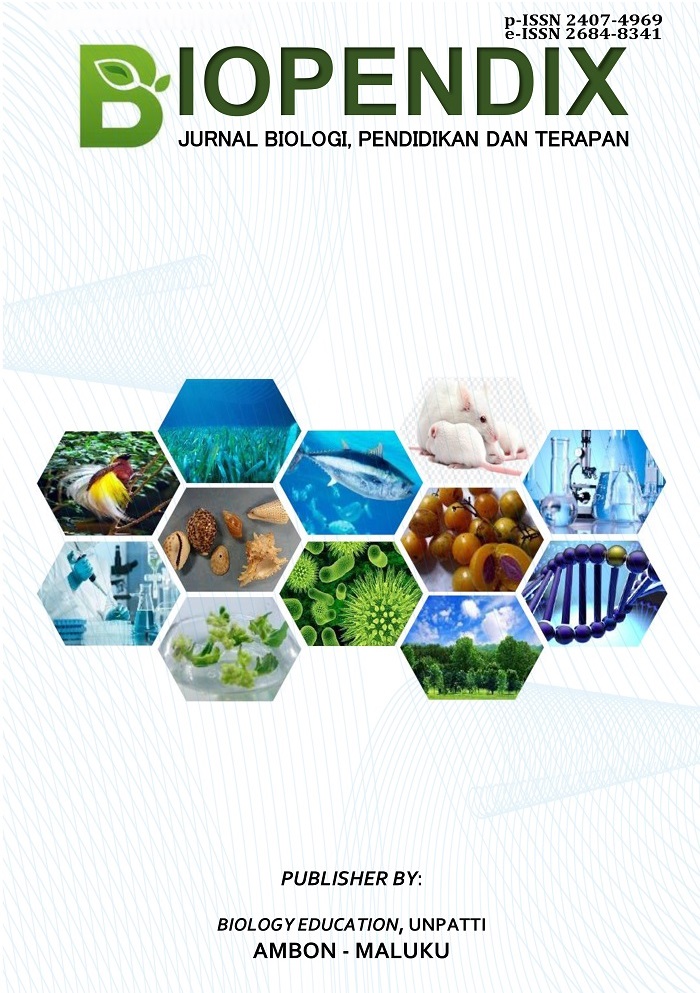
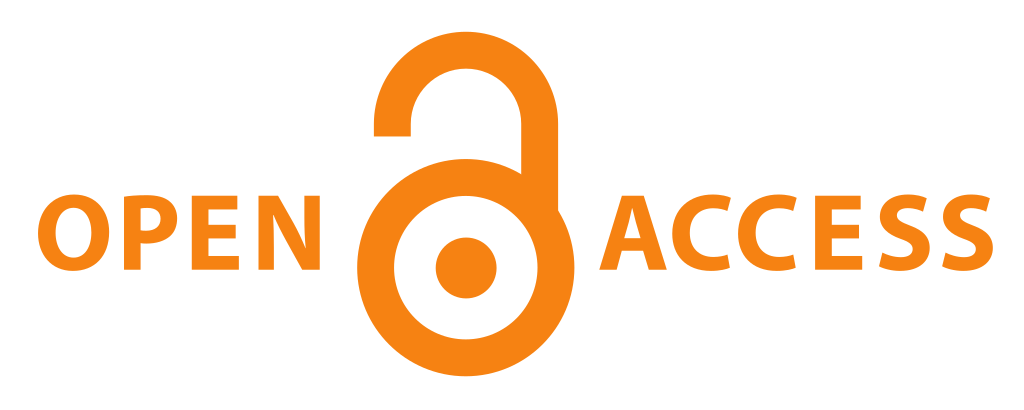
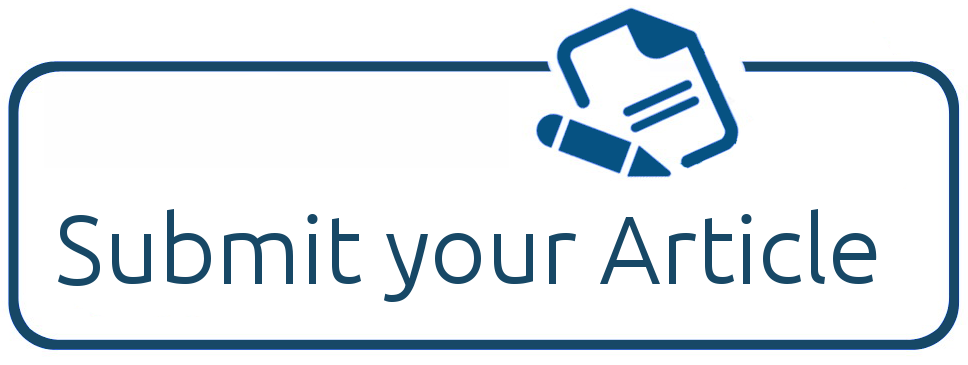

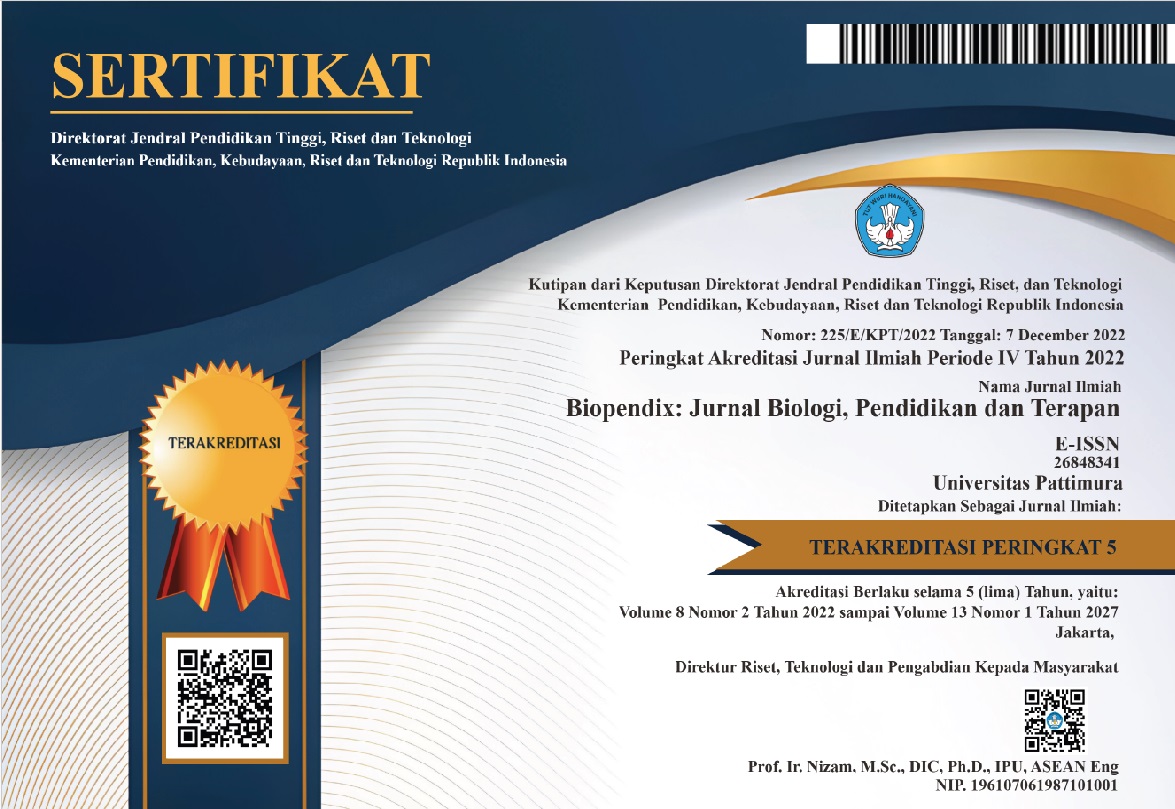 2
2




